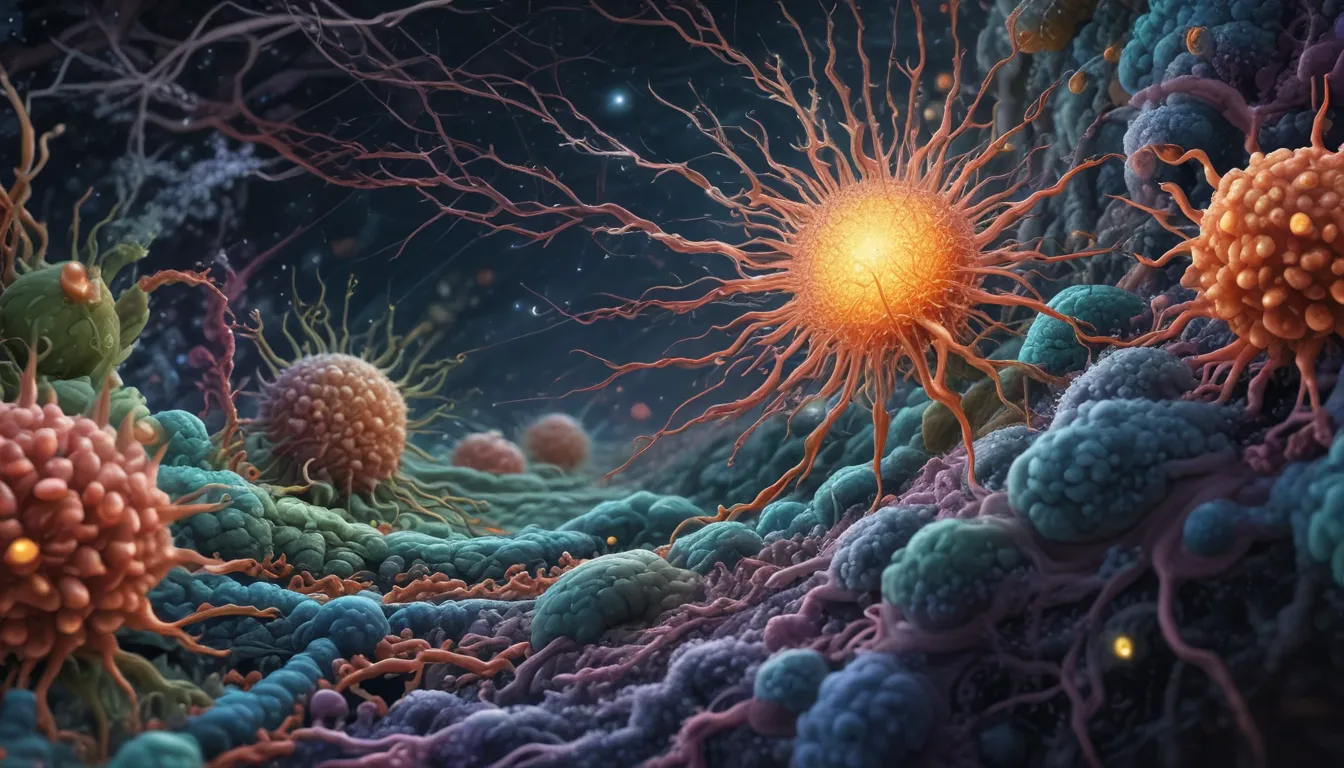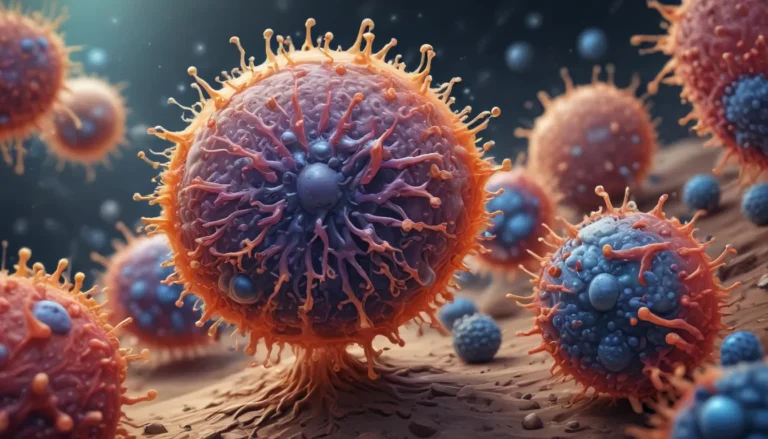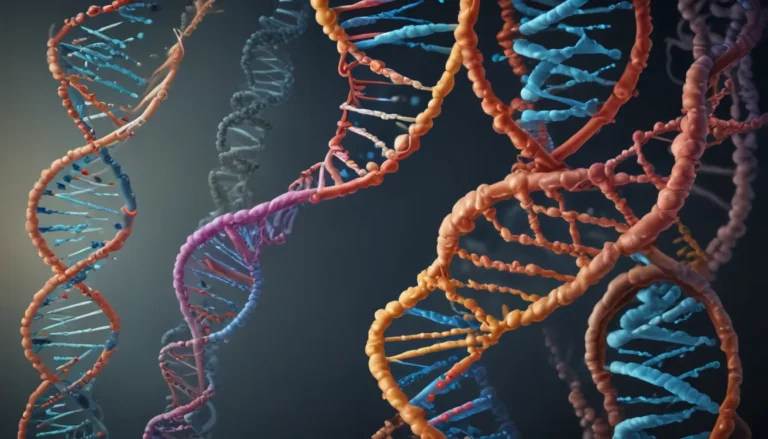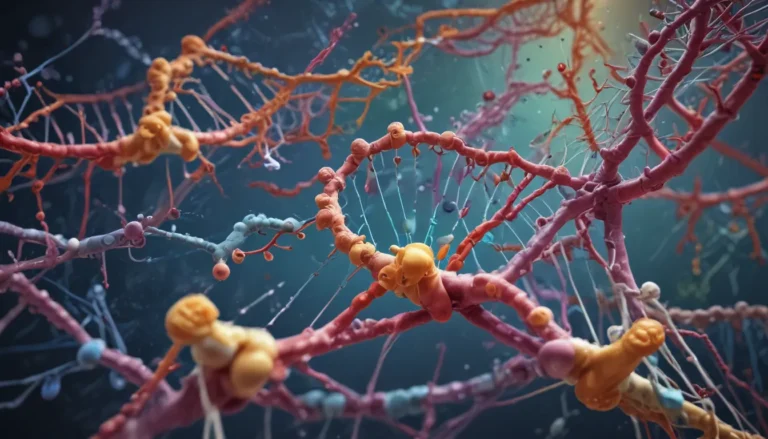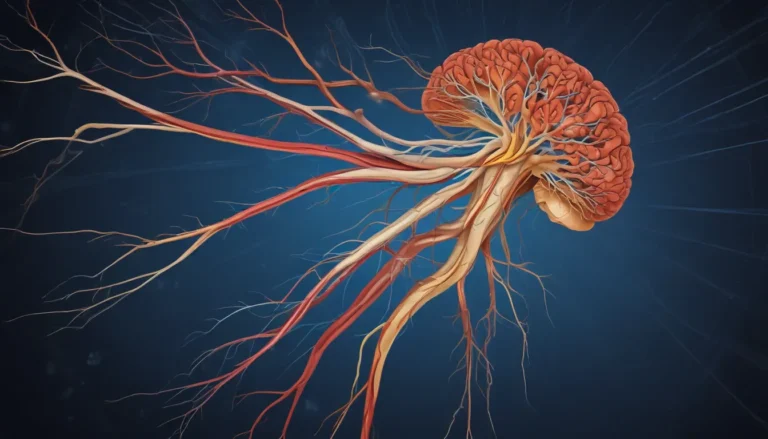A Note About Images: The images used in our articles are for illustration purposes only and may not exactly match the content. They are meant to engage readers, but the text should be relied upon for accurate information.
Cell signaling pathways serve as the invisible threads that weave the fabric of life, facilitating communication between cells and orchestrating essential biological processes. These intricate networks enable cells to interpret signals, coordinate functions, and respond to changes in their environment. While the world of cell signaling may seem enigmatic, its impact on our daily lives is profound and far-reaching. Join us on a journey to uncover eight surprising facts about cell signaling pathways that will illuminate their complexities and unveil their pivotal role in the realm of biology.
Decoding the Language of Cell Signaling
- Cell signaling pathways act as a secret language that cells use to communicate and make critical decisions regarding growth, development, and survival.
- Similar to a superhero team, these pathways work harmoniously, exchanging messages and marshaling their unique abilities to uphold the body’s well-being.
- Understanding these intricate pathways empowers scientists in the battle against formidable foes like cancer and cardiovascular diseases.
The Symphony of Cellular Communication
Cell signaling pathways form a sophisticated web of communication channels that facilitate interactions between cells. These pathways allow for the reception and interpretation of signals from both the internal environment of the cell and external cues, guiding a range of physiological functions.
Guardians of Development
During the developmental stages of an organism, cell signaling pathways play a pivotal role in regulating processes such as cell differentiation, proliferation, and migration. They act as the architects of the body, sculpting its form and ensuring that each cell assumes its designated role.
The Interplay of Signaling in Disease
Disruptions in cell signaling pathways can have profound implications for disease progression. Dysregulation of these pathways has been linked to conditions such as cancer, cardiovascular disorders, and neurological ailments, underscoring their significance in maintaining health and homeostasis.
The Diverse Cast of Signaling Molecules
Cell signaling pathways enlist a diverse cast of signaling molecules, including hormones, growth factors, neurotransmitters, and cytokines. These molecular messengers bind to specific receptors on or within cells, initiating cascades of events that culminate in cellular responses.
The Dance of Cross-Talk
Interactions between different cell signaling pathways facilitate intricate control and coordination of cellular responses. This cross-talk enables cells to integrate multiple signals, ensuring that the appropriate actions are taken to maintain cellular balance.
Feedback Mechanisms: The Silent Regulators
Feedback mechanisms play a crucial role in governing cell signaling pathways. Negative feedback loops serve as silent sentinels, regulating signaling activities and preserving cellular equilibrium by tempering excessive signaling.
Genetic Mutations: Disrupting the Harmony
Genetic mutations have the potential to disrupt normal cell signaling pathways, leading to aberrant cellular responses and fostering disease progression. Understanding these genetic aberrations provides valuable insights into the mechanisms underlying various disorders.
Therapeutic Targeting: A Beacon of Hope
In light of their pivotal role in cellular processes and disease pathogenesis, cell signaling pathways have emerged as prime targets for therapeutic interventions. Medications that modulate specific pathways offer the promise of regulating abnormal cellular responses and improving patient outcomes.
Embarking on a Journey of Discovery
In conclusion, cell signaling pathways stand as the linchpins that orchestrate intricate biological processes within cells and across multicellular organisms. By delving into the nuances of signaling pathways, researchers gain profound insights into disease mechanisms and pave the way for innovative therapeutic strategies. Through the exploration of these surprising facts, we unravel the mysteries of cellular communication and unveil the potential for transformative breakthroughs in healthcare.
FAQs: Navigating the Cellular Landscape
- Q: What are cell signaling pathways?
-
A: Cell signaling pathways are complex networks of biochemical reactions and signaling molecules that enable cells to communicate and regulate various biological processes.
-
Q: How do cells communicate through signaling pathways?
-
A: Cells communicate through signaling pathways by releasing signaling molecules that bind to specific receptors on target cells, triggering intracellular signaling cascades.
-
Q: What is signal transduction?
-
A: Signal transduction is the process through which extracellular signals are converted into intracellular responses, influencing gene expression and cellular behavior.
-
Q: Are cell signaling pathways involved in disease development?
-
A: Yes, aberrations in cell signaling pathways can contribute to the onset and progression of diseases, including cancer, autoimmune disorders, and neurological conditions.
-
Q: Can cell signaling pathways be targeted for therapies?
-
A: Yes, understanding cell signaling pathways opens avenues for developing targeted therapies that can modulate specific pathways implicated in disease progression.
-
Q: Are cell signaling pathways cell-type specific?
-
A: While some pathways are cell-type specific, there are conserved pathways that play fundamental roles across various cell types and organisms.
-
Q: Can environmental factors influence cell signaling pathways?
-
A: Yes, environmental factors like stress, toxins, and diet can impact cell signaling pathways, influencing cellular responses.
-
Q: How do scientists study cell signaling pathways?
- A: Scientists employ diverse techniques, including genetic manipulation and imaging technologies, to unravel the complexities of cell signaling pathways.
Unlock the Vault of Cellular Mysteries
Cell signaling pathways offer a gateway to understanding the intricate tapestry of cellular communication, development, and disease progression. Venture into the realm of these pathways to unveil their enigmatic complexities and pave the way for innovative therapeutic strategies. Let each surprising fact be a beacon of illumination on your journey through the fascinating landscape of biology.
